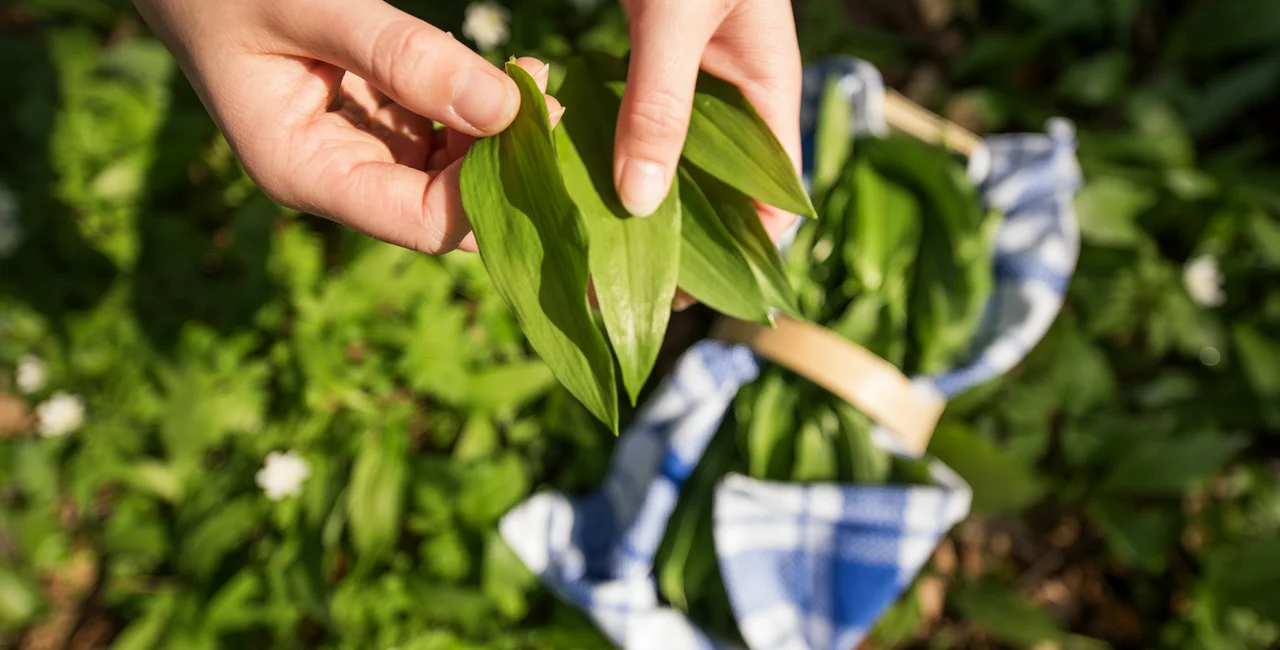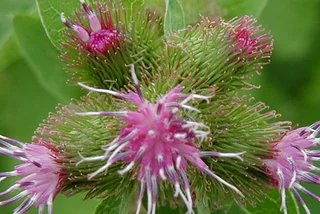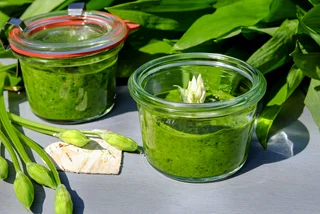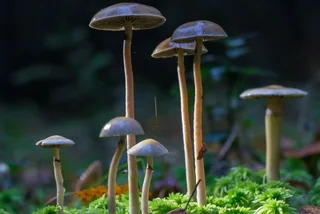If you’ve taken a walk in the woods recently, you might have caught a whiff of garlic in the air. Don’t worry, it’s not vampire repellent – it’s česnek medvědí or bears’ garlic, a native plant that appears in clumps in Czech forests in early spring, just before the trees come into leaf.
This edible herb goes by several names – bears’ garlic, wild garlic, allium ursinum (ursus is the Latin for bear) and is also known by the name ‘ramps’ in the US. It’s a perennial herb that thrives in damp ground and shady, wooded locations. It’s not uncommon to see it carpeting the floor in deciduous forests, especially on floodplains and near streams.
The moniker bears’ garlic comes from European brown bears, who have been observed eating this herb after they wake from their winter hibernation. Thankfully, today’s forest-goers do not need to worry about hungry bears, but there is another type of highly territorial creature on the prowl at this time of year: many Czechs have their own favourite spots, which similar to the best mushrooming locations, they guard very jealously.
Bears’ garlic is related to ‘regular’ garlic, but also to chives and leeks. It’s less pungent than the imported garlic cloves that are available in the supermarkets, but it can be substituted into recipes that call for garlic. It’s mostly commonly made into a pesto, as an alternative for basil. It can also be used to impart both colour and flavour to sandwiches, salads, risottos and spreads.
It grows in clumps, often abundantly carpeting areas of the woodland floor. The leaves are green and spear-shaped, but its key identifier is smell – rub the leaf and it will smell of garlic. Foragers should take care not to confuse it with Lily of the Valley (known as Konvalinka in Czech or Glovewort in England), which looks similar but is highly poisonous. However, Lily of the Valley does not smell of garlic, which lessens the danger of misidentification.
Bears’ garlic leaves start to appear in April, and as the spring progresses an orb-shaped flower will form. The flower will bloom and bear fruit, and then the above-ground part of the plant dies off, leaving just the bulb below ground. The leaves, bulb and flowers are all edible. If you do decide to forage, remember to take just a little, and leave the plenty of the host plant behind. Also, be careful not to harvest this plant (or any other) in Special Areas of Conservation (Chráněné krajinné oblasti), for it is forbidden to collect plants and forest fruits or leave the designated walkways in these areas.
Bears’ garlic will be scenting the forest floor for another few weeks to come. If you don’t fancy a wander in the woods, look out for "česnek medvědí" in farmers’ markets.
Simple bears' garlic pesto
- 150g bears’ garlic leaves
- 50g of grated parmesan cheese
- A small clove of garlic
- 50g of toasted almonds
- 150ml good quality olive oil
- Salt to taste
Simply blitz all of the ingredients together in a food processor and place into a clean jar. Top up with a layer of olive oil. The pesto will keep safely in the fridge for a couple of weeks.
NOTE: Never pick and/or consume any plant that you cannot confirm as safe to eat. When in doubt, the Czech-developed FlowerChecker app can help you identify different types of plants.












 Reading time: 3 minutes
Reading time: 3 minutes 





















